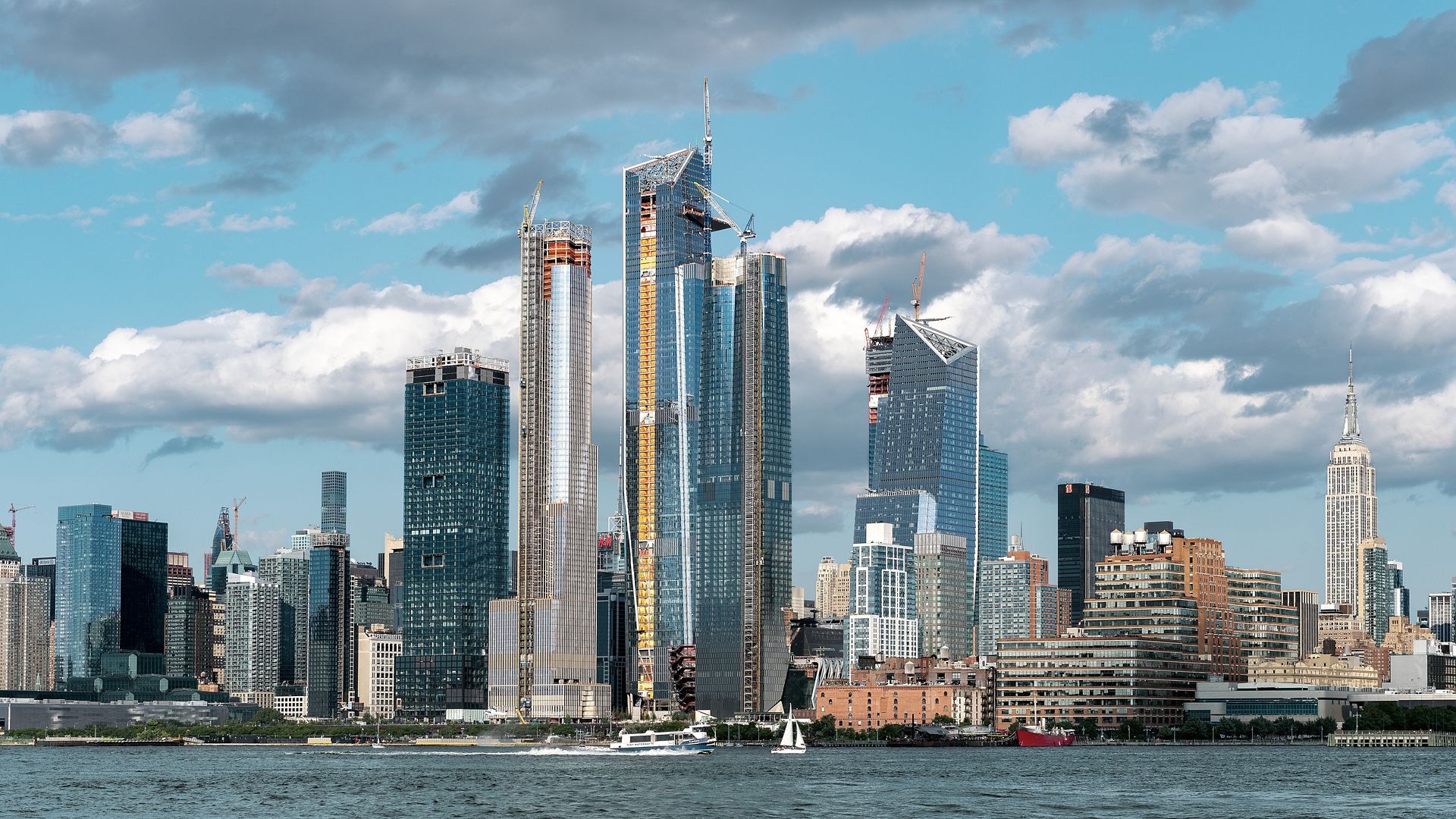08/05/2019
The architectural engineering practice of Skidmore, Owings & Merrill has designed the tallest residence building in the large-scale Hudson Yards development. The company’s Associate Director of Structural Engineering, Preetam Biswas, talks about the challenges of high-density construction, and the role played by concrete and leading suppliers of specialty chemicals like Sika in high-rise construction.
High-density construction is essential, particularly in large cities. What does this mean for architecture?
Because it avoids large, expansive cities, goingvertical will be one of the most sustainablesolutions to rapid urbanization in the years ahead. Cities are now embracing integrated commercial and residential zones that allow people to work andlive in close proximity. The challenge architects and engineers are facing is to construct functionally mixed-use, vertically stacked buildings and developments that offer a very high quality of life on land that has become scarce.
What opportunities does this developmentpresent for SOM?
Skidmore, Owings & Merrill is known for designing and engineering various large scale projects throughout the world, from supertall buildings and hospitals to airports, schools, and convention centers. One of SOM’s biggest strengths is its multidisciplinary approach. Being an architectural engineering firm gives us a unique advantage in the age of vertical cities, as buildings such as Burj Khalifa in Dubai, the world’s tallest building, or the Manhattan West Development in New York prove.
Looking at New York, it is clear that the cityis already very densely populated. What specific urban planning and construction requirements apply here?
Air-rights construction has made it possible to extend the Midtown Business District as far as the Hudson River. The Hudson Yards and Manhattan West developments alone are creating more than a million square meters in additional real estate. In the last ten years, new construction in Manhattan, Brooklyn and Queens have added real estate square footage equal to the whole of downtown SanFrancisco. In other words, an entire city has been built within one of the densest cities in the world. And this phenomenon is not unique to New York City. Over the next decade, we will see more and more cities growing vertically as their populations grow.
Manhattan West and Hudson Yards are prime examples of concentration, and SOM is building two office buildings, both over 300 meters high, as well as 35 HudsonYards, the tallest residential building. What do investors demand from projects like these?
Investors are usually extremely aware of thepremium that can be generated in the lucrative realestate market, and therefore look to capitalize one very square centimeter of floor space. This is where high-performance building materials such as high strength concrete play a very important role. By using these materials, we can gain space because we can make structural elements — say walls and columns — smaller.
How can suppliers and partners supportyou in projects like these?
Developments in Real Estate have sped up considerably in recent years. Developers want to see a return on their investment as quickly as possible.That means using building materials that complement the ambitious time lines. Producers of such materials are our natural partners. As designers, we particularly value our relationships with companies like Sika, who invest specifically inresearch and development and constantly innovate.
Concrete is becoming increasingly important in high-rise construction. 35 Hudson Yards also relies heavily on this material. Why is that?
This 72-story tower was built at a rate of one floor every two or three days. When you’re building at this speed, you need concrete admixtures and additives with very specific properties. The availability of high strength concrete coupled with its longterm durability has also contributed to its increased demand in high-rise construction.
What benefits does concrete offer in terms of design?
Concrete is not just an economical building material, it is one of the most versatile there is. Demand for concrete is growing because various admixtures have broadened the options for using it in high-riseconstruction. Today, concrete is the material of choice for high-rise residential buildings. It provides an inherently stiff building structure with effective sound damping to minimize building movement and to make buildings quiet: characteristics that are a must for tall residential buildings.

